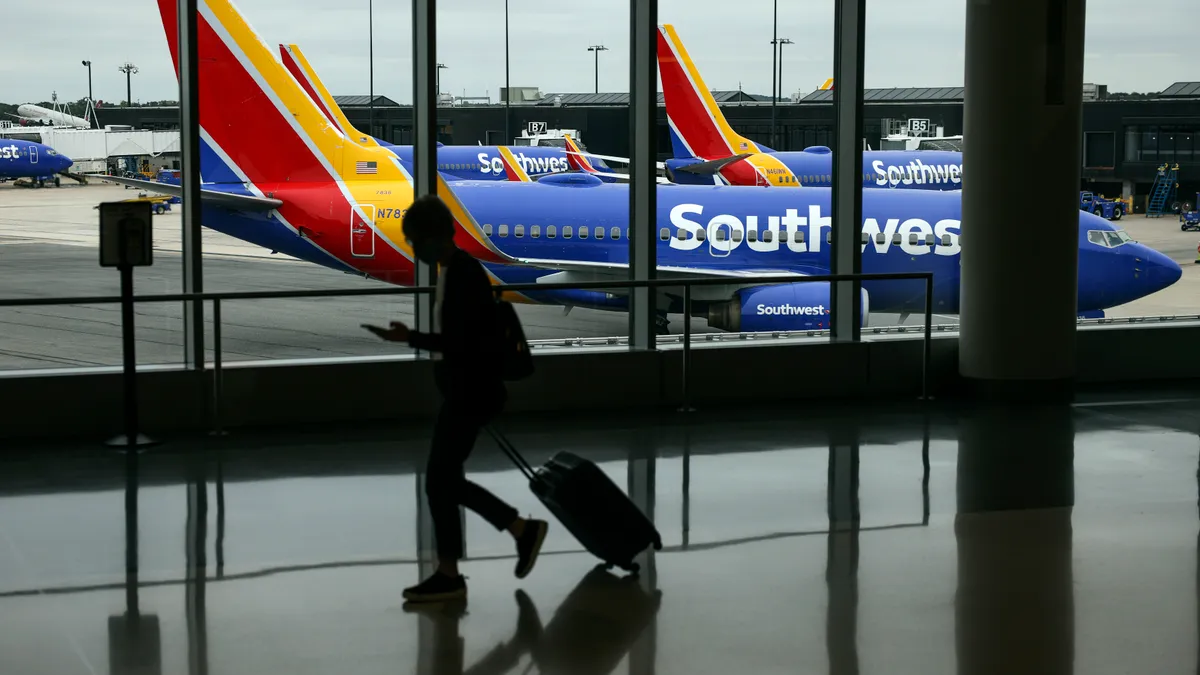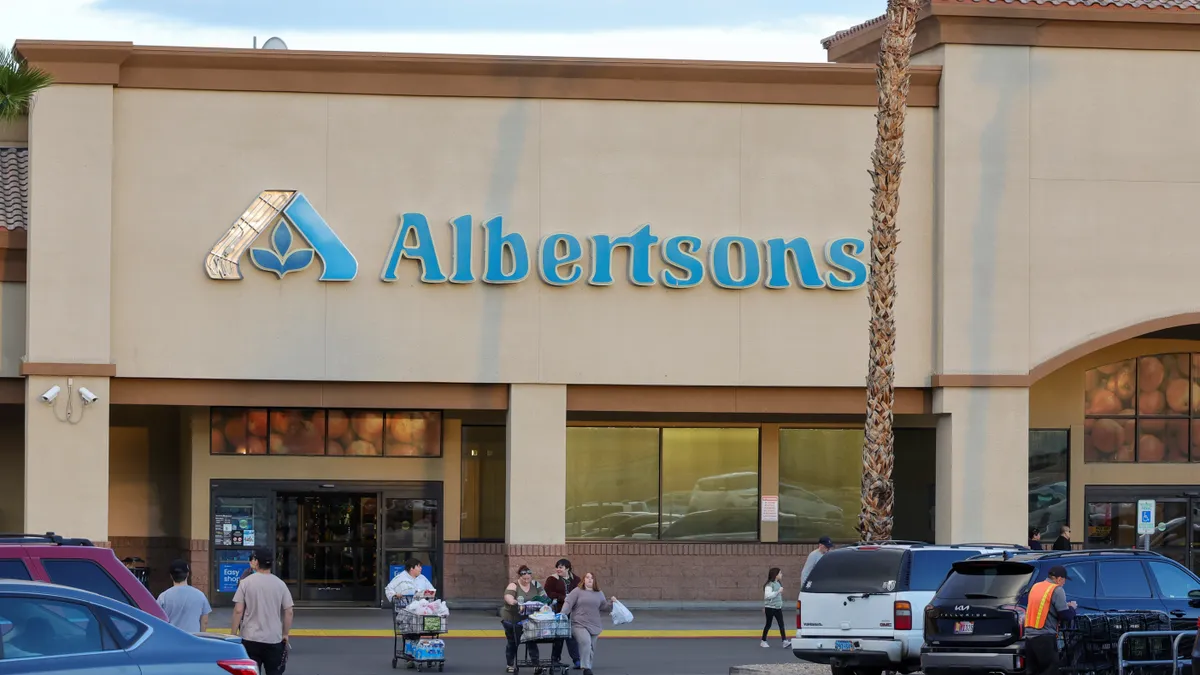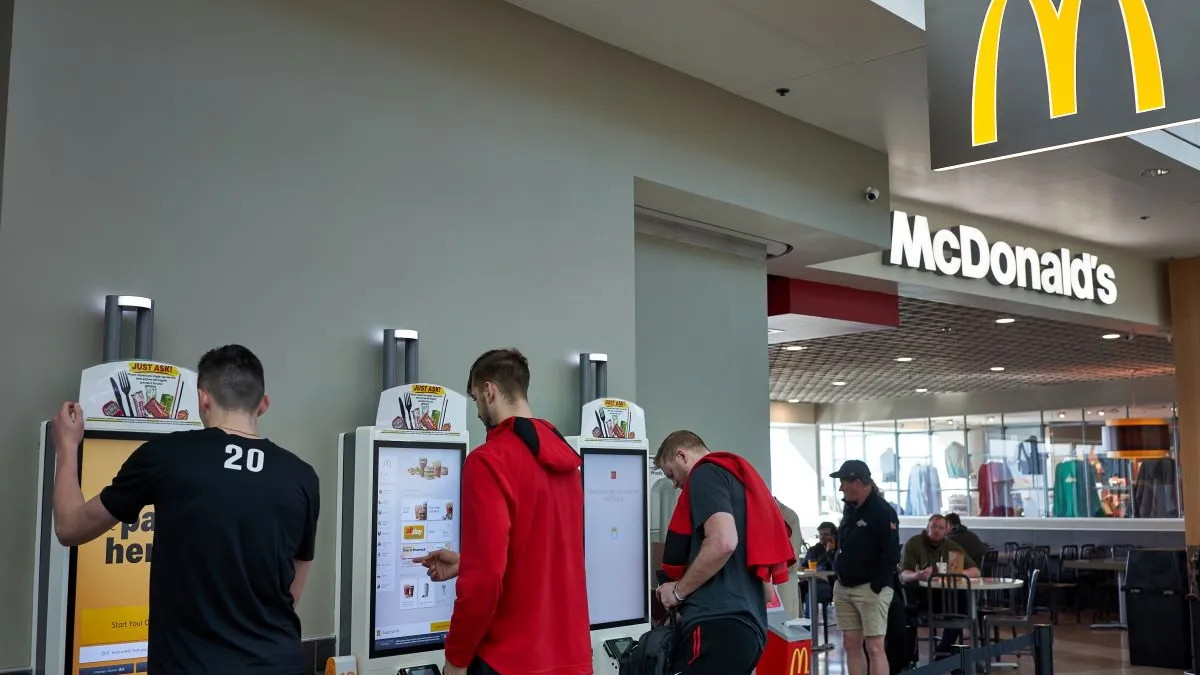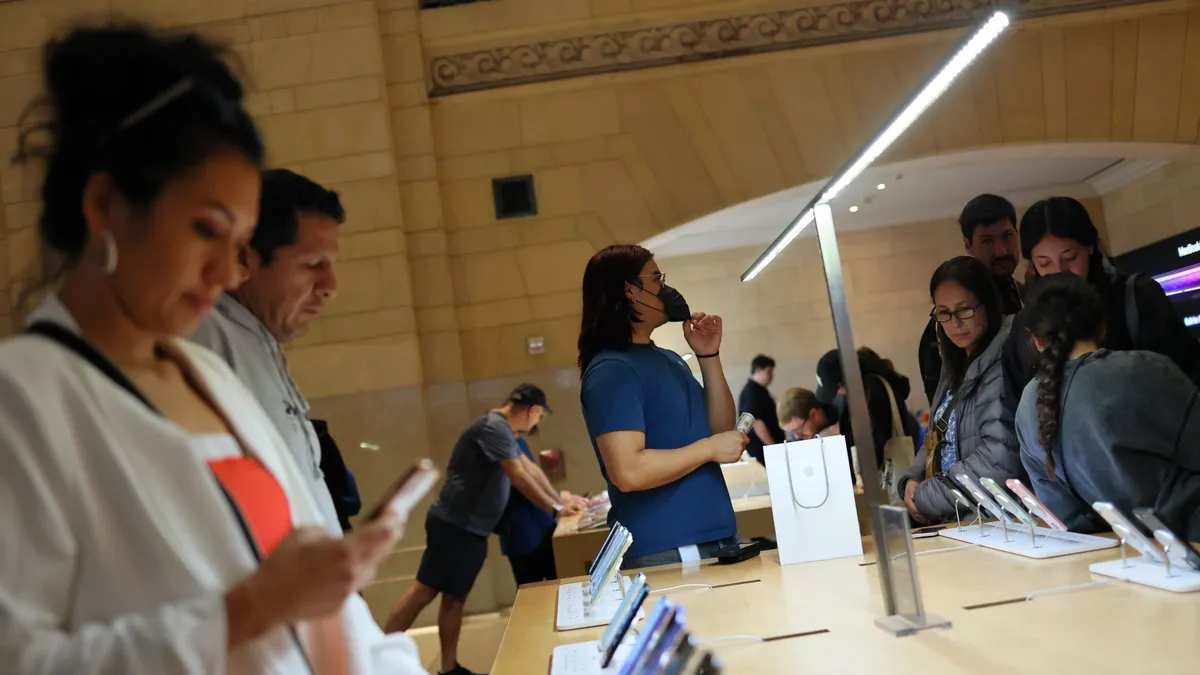While the public has largely returned to normal activities following the COVID-19 pandemic, many consumers are still looking to make up for lost time, including when it comes to travel. With 65% of Gen Z and 72% of millennials expected to spend more on leisure travel in 2024 compared to 2023, marketers should know how to tap into this demographic. A recent report from PMG looked at how post-pandemic travel differs, and what consumers value as they make travel plans.
“It's 2024, but there is still a sense of time lost. People are making up for adventures that they postponed, people they haven't seen. The pandemic is ‘over’ but the catch-up is not,” said Shelina Taki, executive strategy director of PMG.
For its “Travel in 2024: The New Traveler” report, PMG surveyed 1,800 internet users 18 years and older, with fieldwork occurring from March 1 to March 13. Respondents were located in the U.S., the U.K., India, Germany and China. The report evaluated methods of travel, travel frequency, loyalty programs, booking sources and other travel-related information.
The new traveler has arrived
Pre-pandemic, meticulously planning every aspect of a vacation was the norm, per the report. However, travel plans are becoming looser. In fact, 42% of travelers choose to embrace spontaneity. Forty-four percent of travelers only begin planning their leisure travel one-to-three months prior, the most common range to start planning. The second most common was four-to-six months prior, while the third most common was just one month before.
Travel values have also seen a transformation in recent years. Different generations value travel for different reasons, per the report. For example, boomers prioritize travel for spending time with friends and family, while Gen Z, Gen X and millennials use travel as a means of relaxation.
For younger travelers, culture is becoming more important. Being able to immerse themselves in a local culture is a top motivator for 50% of Gen Z travelers. Western Europe is the most popular planned leisure destination, with 43% of surveyed travelers stating they plan on traveling there this year. North America serves as the second most popular destination (39%) followed by Southeast Asia (25%).
“Expectations are higher across the board…I will just say that a more intentional way of living has shown people they want more out of life at every step. So whether they are taking a budget road trip or a leisure vacation, they want it to feel seamless from start to finish, any interruptions along the way are not acceptable,” said Taki.
Free spirits and brand loyalty
Despite the desire for spontaneity, the need for personalization remains. This is where brands have an opportunity to engage with the new traveler, especially as the popularity of loyalty programs grows. With 84% of travel companies planning to introduce new travel benefits and rewards in 2024, up from 63% in 2021, brands need to work hard to stand out from the pack.
A robust loyalty program is especially important to younger travelers, with 58% of Gen Z consumers reporting they use such programs when booking activities or accommodations, compared to 49.9% of travelers overall.
However, loyalty must be earned through brand trust. Only 9% of consumers list brand trust as a slightly important factor or not a factor at all when signing up for a loyalty program, compared to the 71% who list it as a very important or extremely important factor. Twenty percent of consumers list brand trust as a moderately important factor when choosing to enroll in a loyalty program.
Loyalty points can also determine when and how consumers travel. Forty-five percent of consumers say loyalty points occasionally determine travel plans, while 25% frequently plan around points. Only 19% of consumers say travel points rarely determine their plan. Travelers also plan to redeem frequently, with 39% looking to redeem two-to-three times a year, 35% once a year and 15% four-to-six times a year.
But as loyalty programs become more prevalent there’s likely to be an increase in competition. Brands, therefore, need to try to stand out to win consumer favor.
“I think [consumers are] going to be more discerning where they exert their time,” said Taki. “Where am I really going to get return for my dollar and my time? If I'm loyal to a brand, am I really going to be rewarded? And I think that is the difference.”





















